The True Story Of The ‘Queen Of Crime’: How Did Agatha Christie Mysteriously Disappear?
Agatha Christie, the world-renowned Queen of Crime, captivated millions with her masterful detective novels. Her iconic characters, Hercule Poirot and Miss Marple, have become household names.
Yet, in 1926, Christie found herself at the center of a mystery that no detective could solve—her own disappearance. For eleven days, the famous author vanished without a trace, sparking one of the most talked-about manhunts in British history.
What really happened during those lost days? Let’s dive into this curious chapter of Christie’s life.
Early Life and Rise to Fame
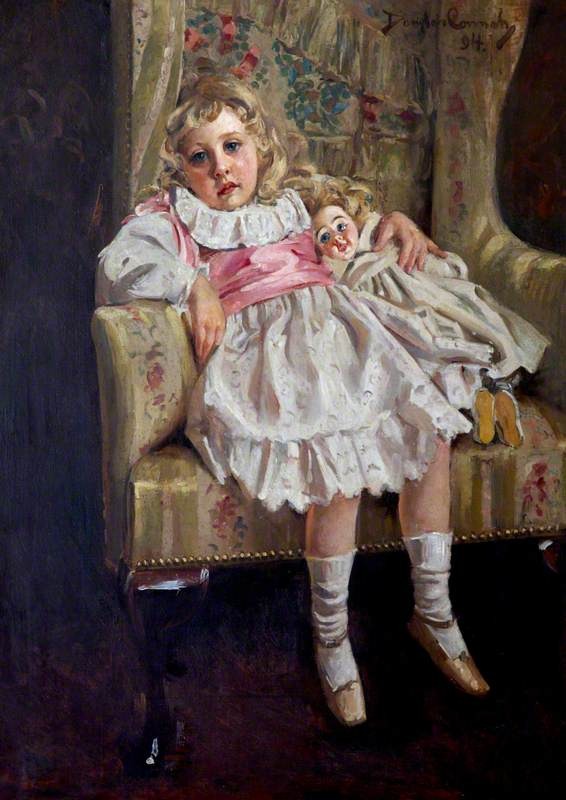
Born in Torquay, Devon, on September 15, 1890, Agatha Mary Clarissa Miller grew up in a wealthy family.
Her upbringing in the serene countryside provided the perfect setting for her future literary works, which often revolved around the isolated grandeur of English country houses.
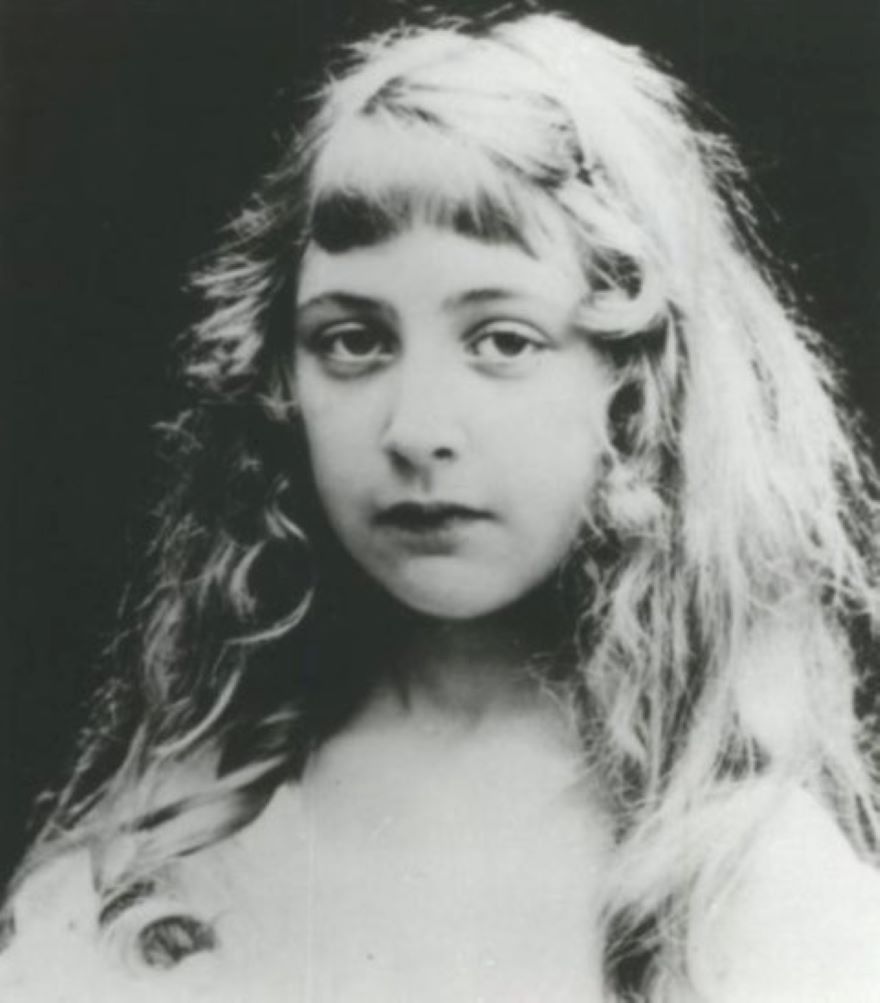
Christie developed an early love for books and storytelling, and by 1920, she had published her first novel, “The Mysterious Affair at Styles,” featuring the now-famous Belgian detective, Hercule Poirot.
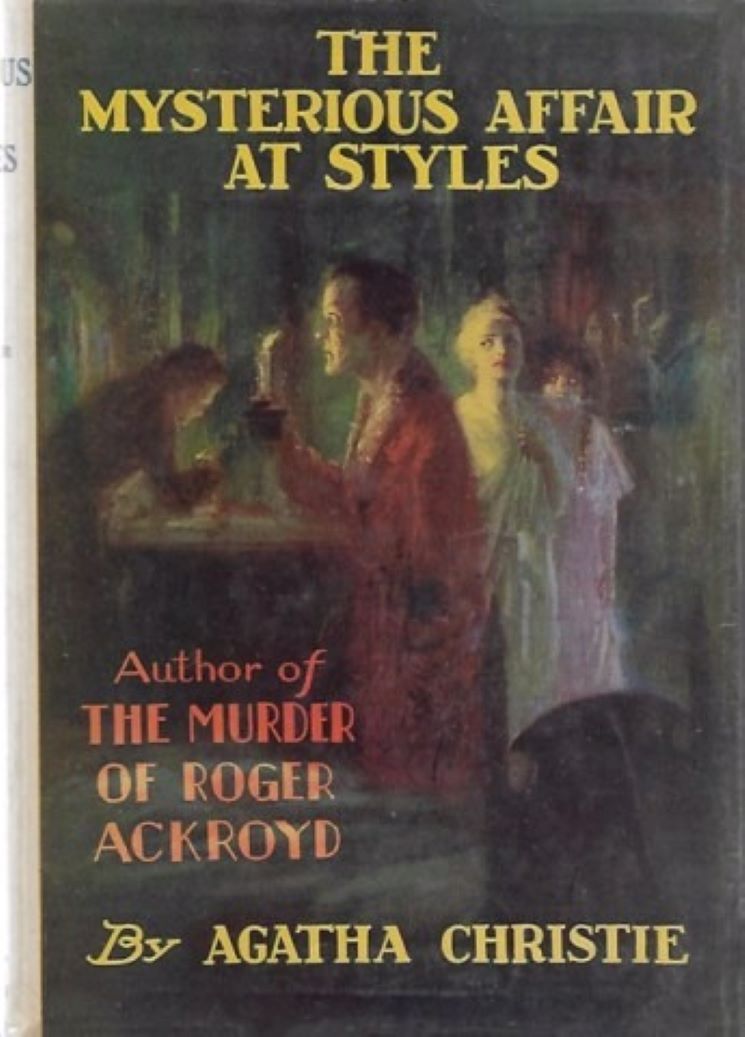
Christie’s success continued to soar throughout the 1920s, and she was considered a leading mystery writer.
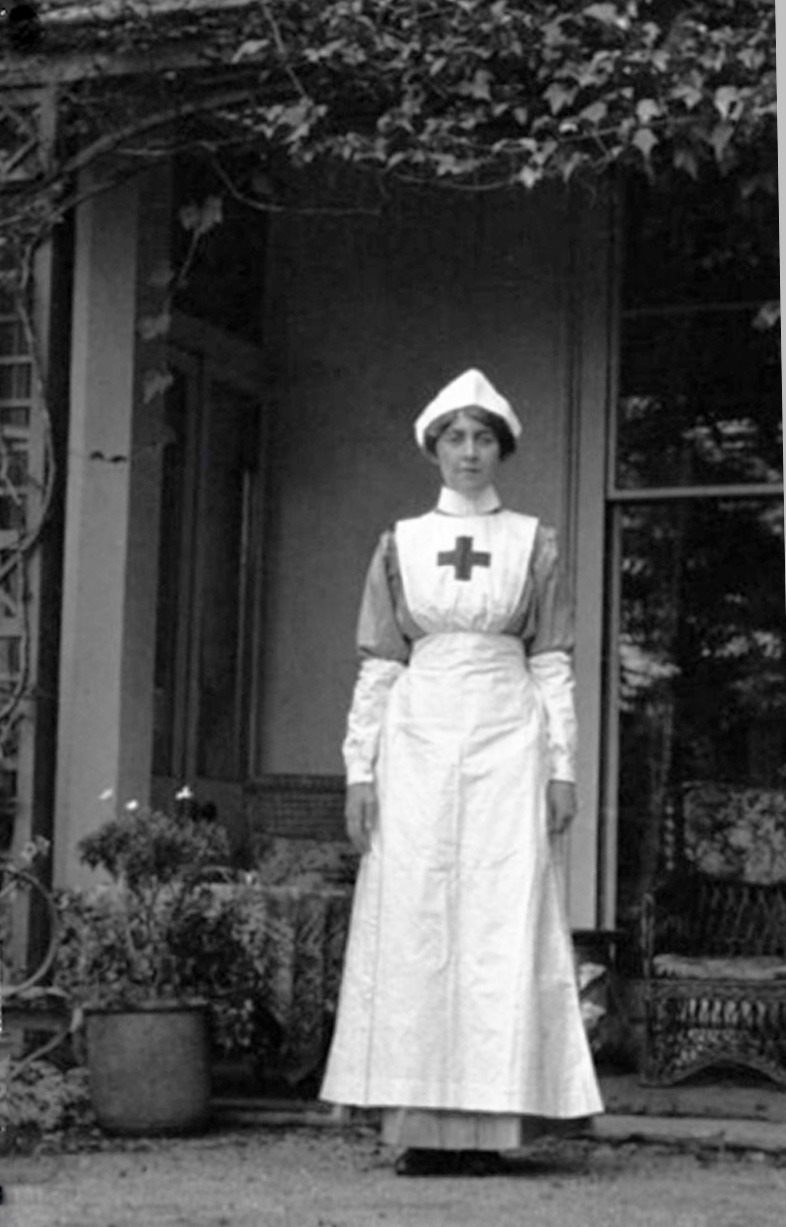
However, behind her growing fame lay personal turmoil that would culminate in her infamous disappearance in 1926.
The Disappearance: December 1926
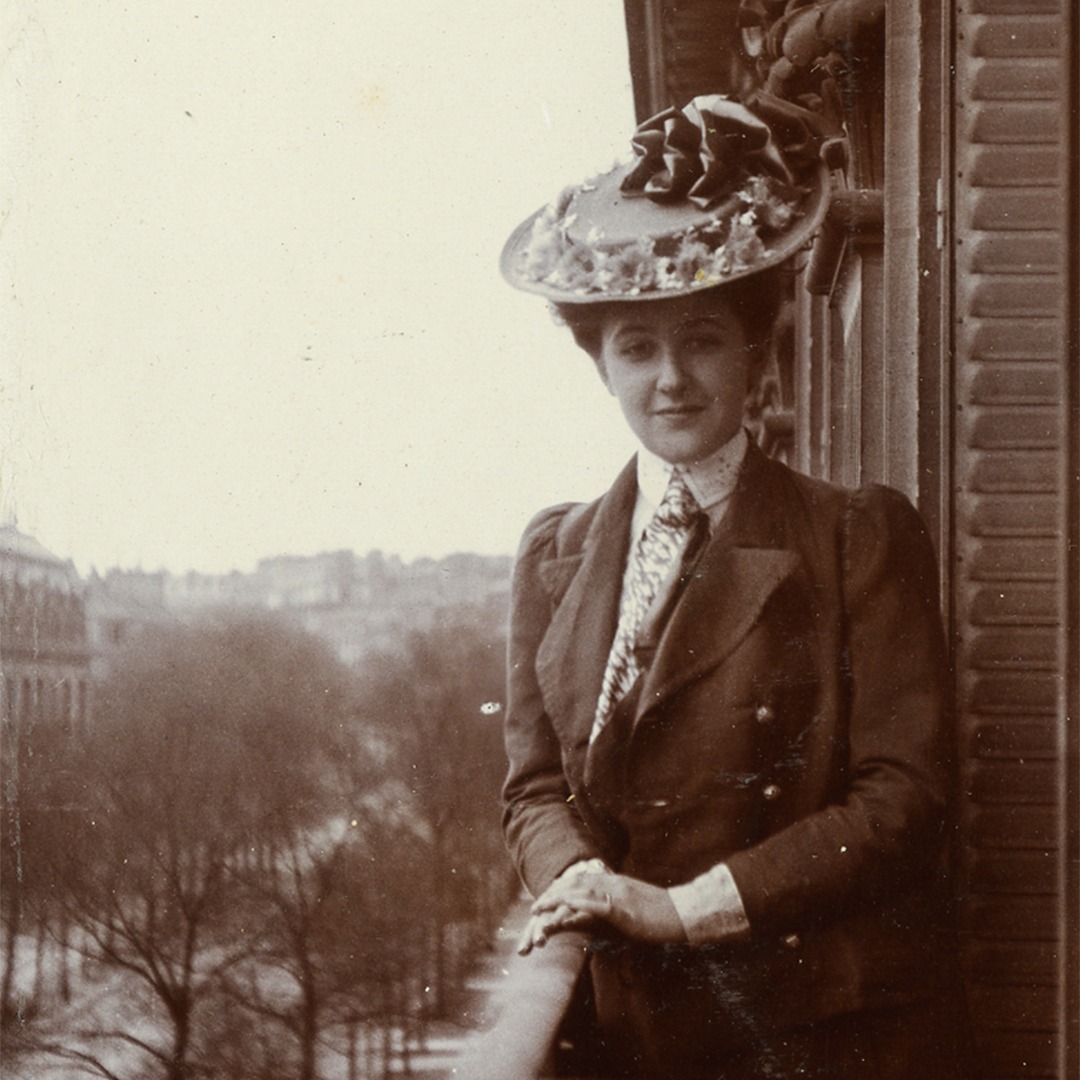
On the night of December 3, 1926, after an argument with her husband, Archie Christie, Agatha left their Berkshire home, kissed her daughter Rosalind goodnight, and drove off into the darkness.
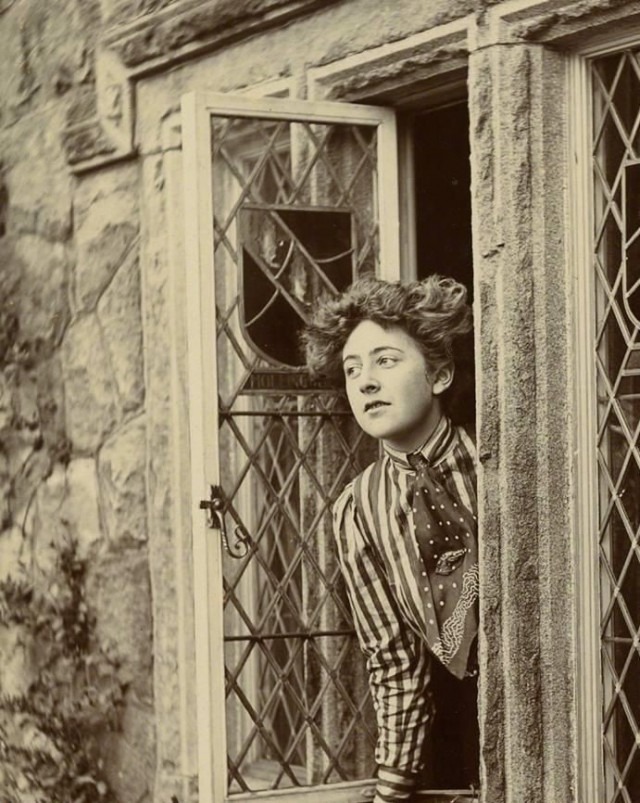
The next morning, her car was found abandoned near Newlands Corner in Surrey, but there was no sign of Agatha.
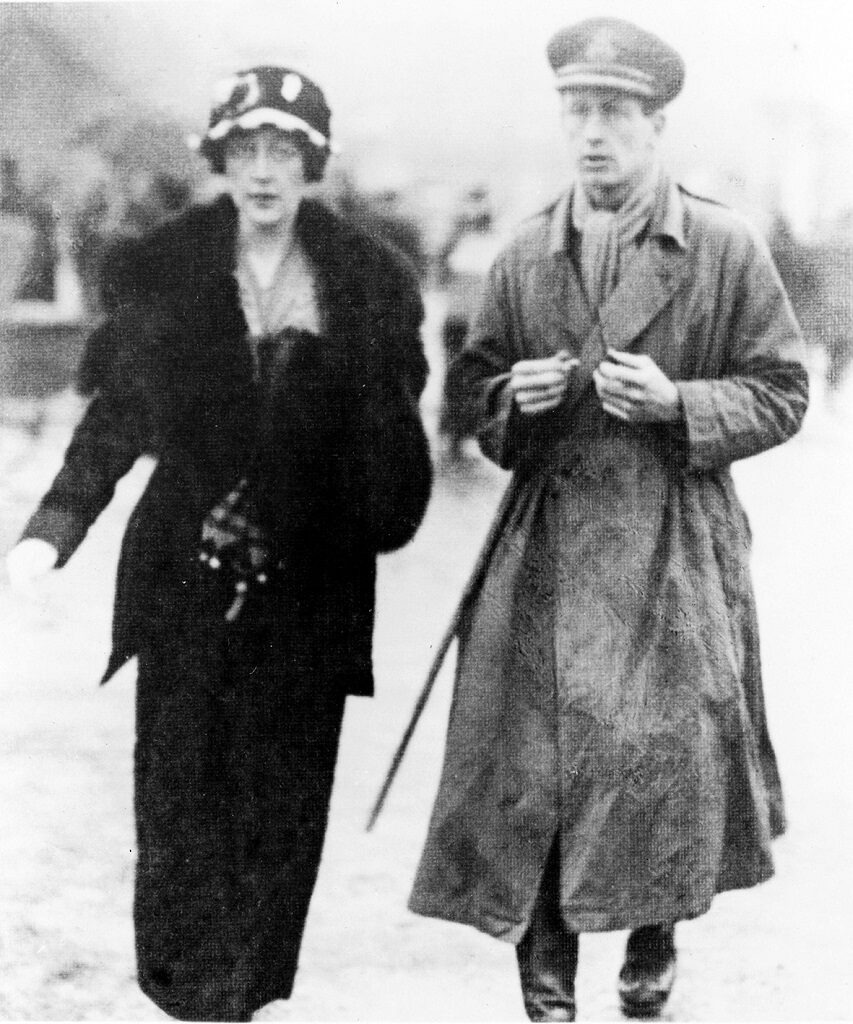
This triggered a massive search operation involving over a thousand police officers and even airplanes.
Headlines screamed across the nation as newspapers speculated on her fate.
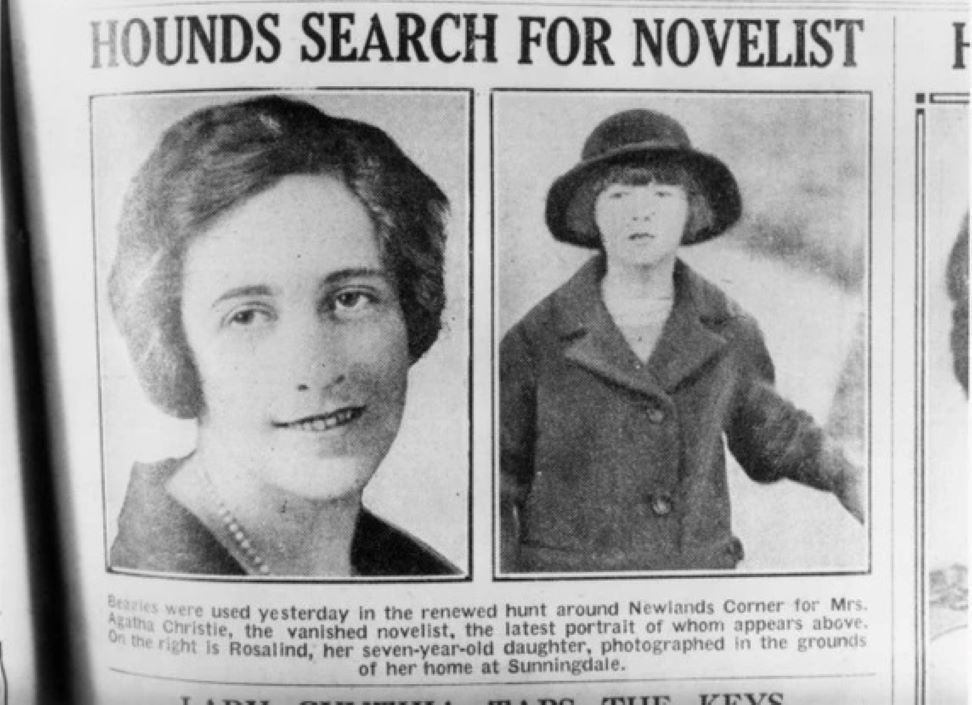
Some suggested she had taken her own life, while others wondered if Archie’s affair with his mistress, Nancy Neele, had anything to do with her sudden disappearance.
The Theories: Accident, Amnesia, or Stunt?
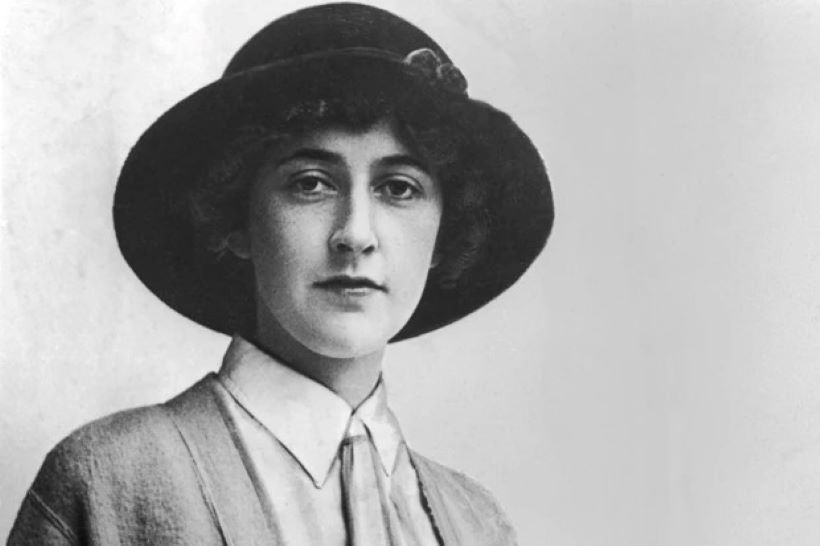
As the search dragged on, wild theories began to circulate. Arthur Conan Doyle, creator of Sherlock Holmes, even consulted a psychic in the hopes of finding her.
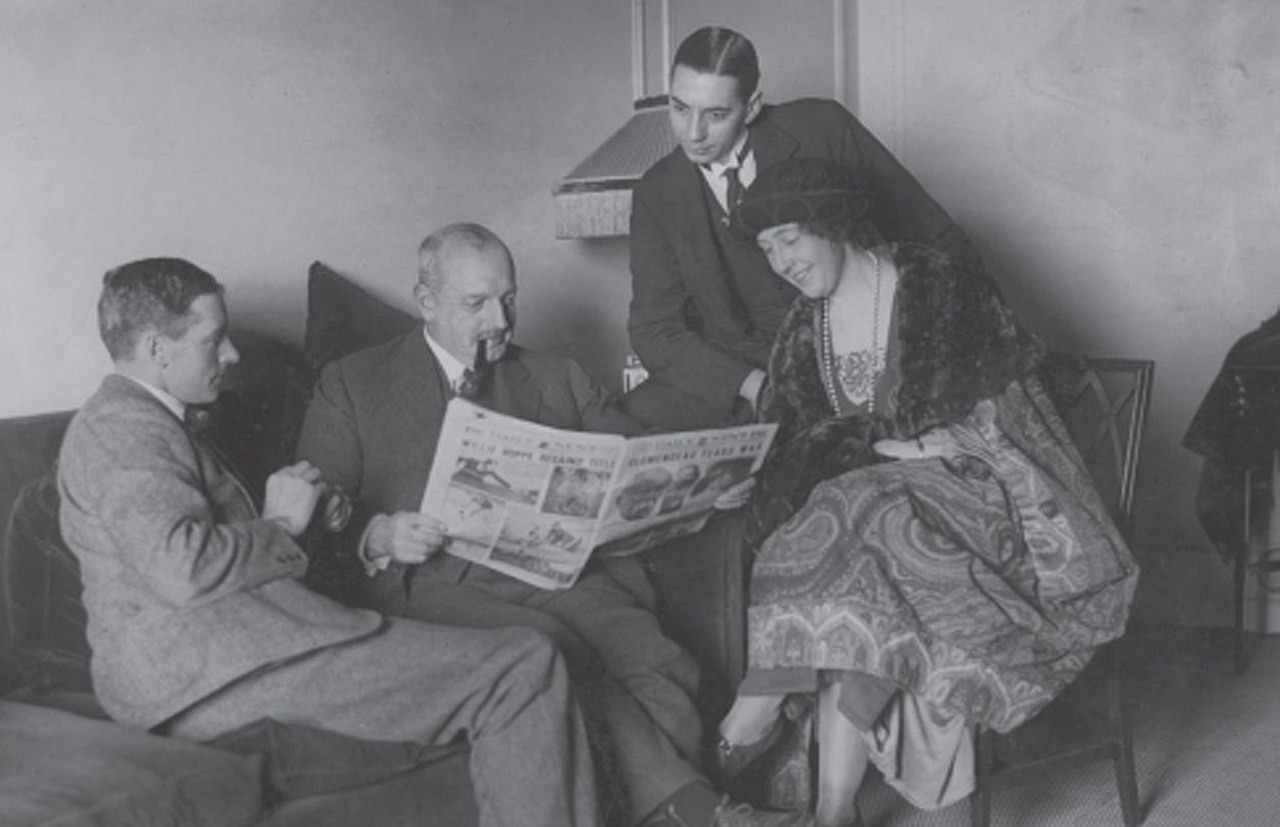
However, it wasn’t until 11 days later, on December 14, that Christie was found alive and well, staying at the Swan Hydro Hotel in Harrogate under the name Theresa Neele—ironically, the surname of her husband’s mistress.
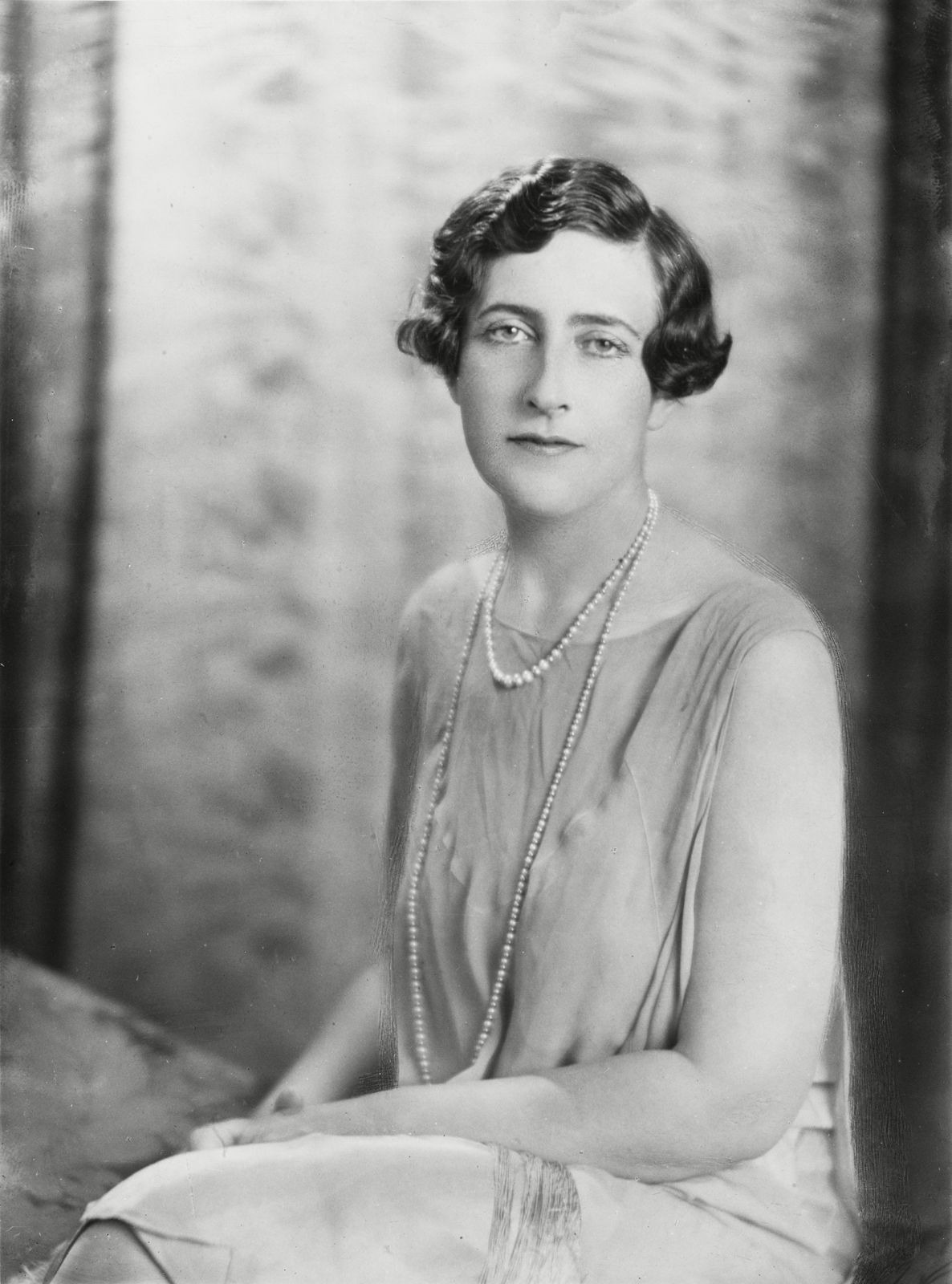
When asked about what happened, Agatha said she had no memory of how she got there, which led to a lot of talk about her mental health.
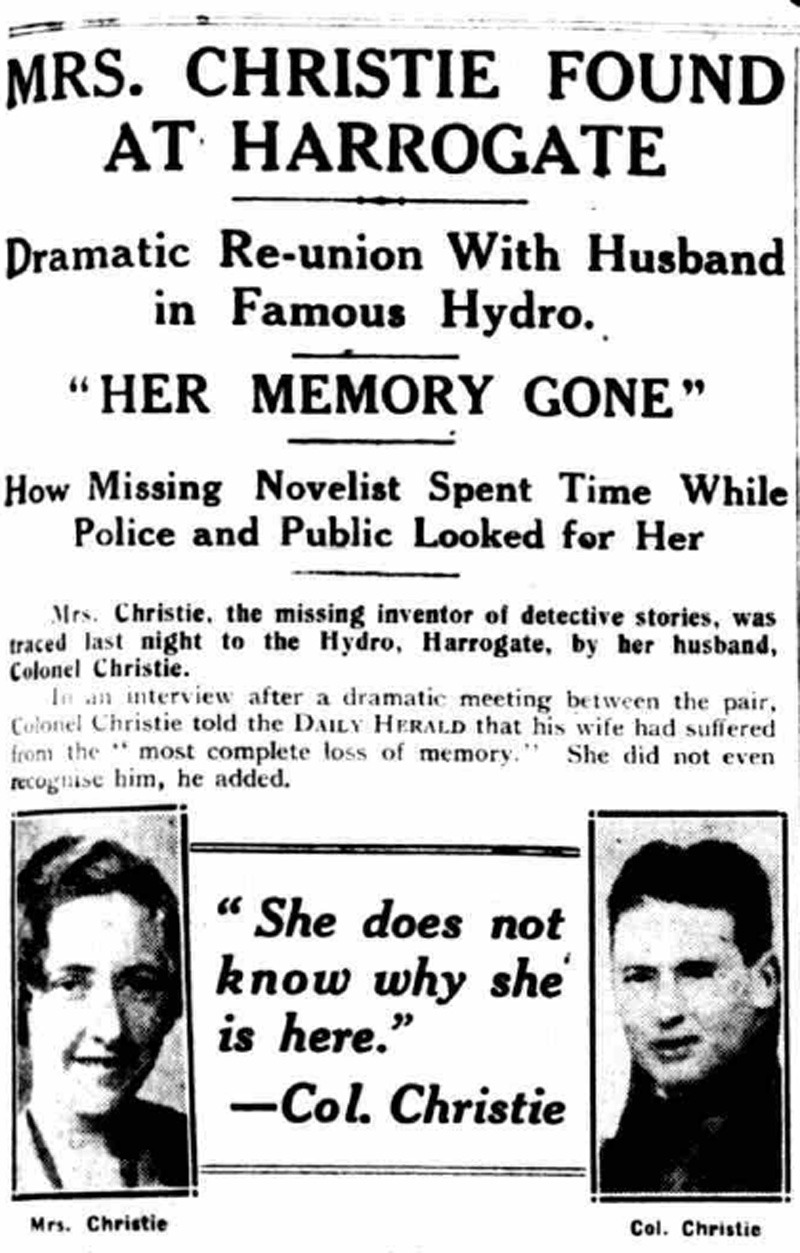
Some people thought she might have had amnesia caused by the stress of her mother’s death and her husband’s affair.
Others believed she had planned the whole thing to embarrass Archie or even as a clever publicity stunt to promote her new book.
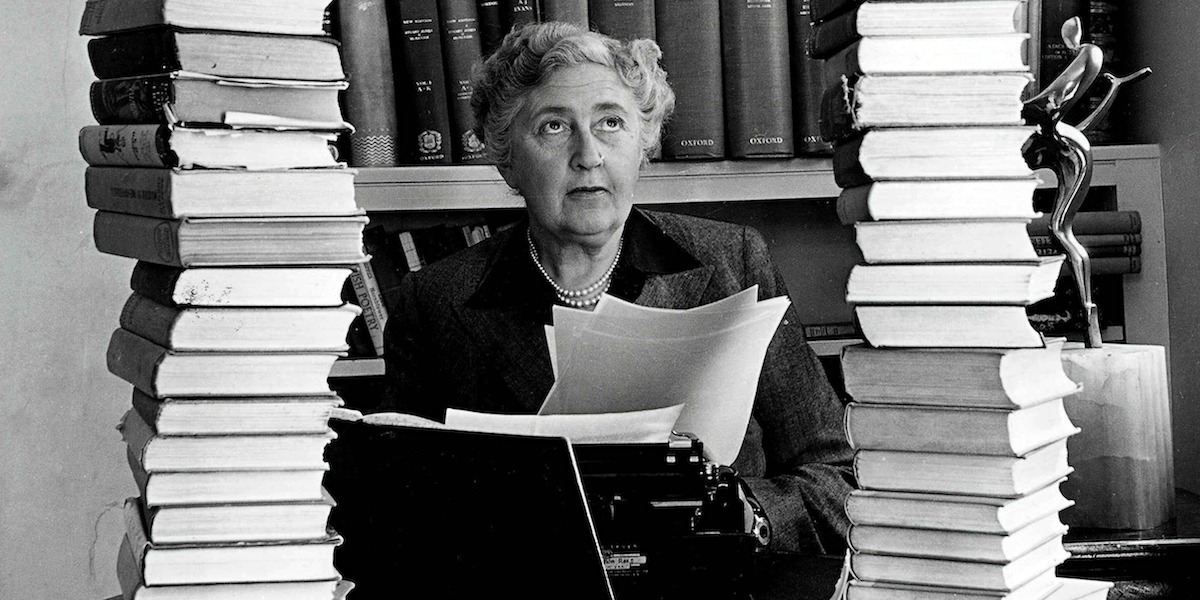
Her husband insisted that she had suffered total memory loss due to a car crash. But biographer Andrew Norman suggested a different theory: that Christie was in a ‘fugue’ state or a psychogenic trance—an unusual condition brought on by trauma or depression.
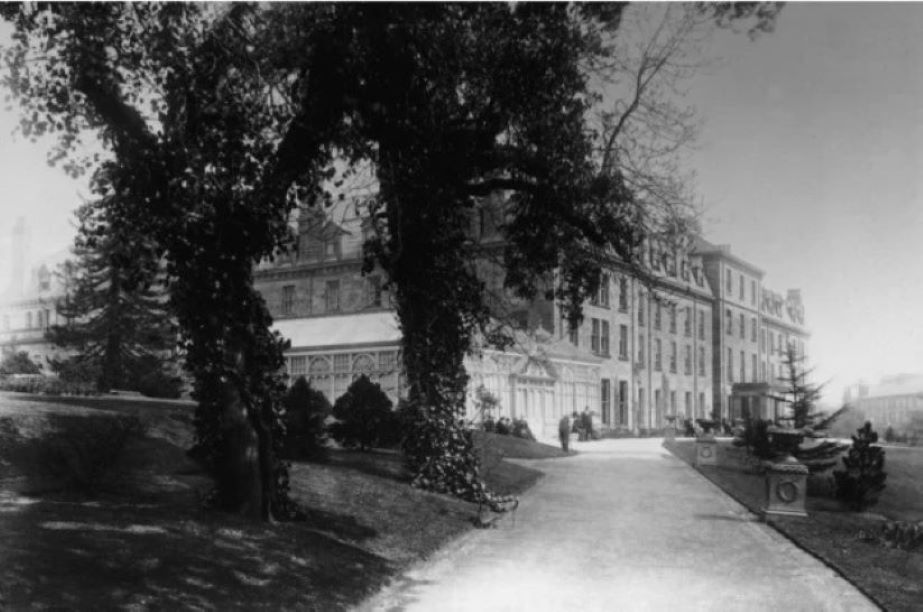
“I believe she was suicidal,” Norman added “Her state of mind was very low and she writes about it later through the character of Celia in her autobiographical novel Unfinished Portrait.”
The Queen of Crime and Her Enduring Mystery
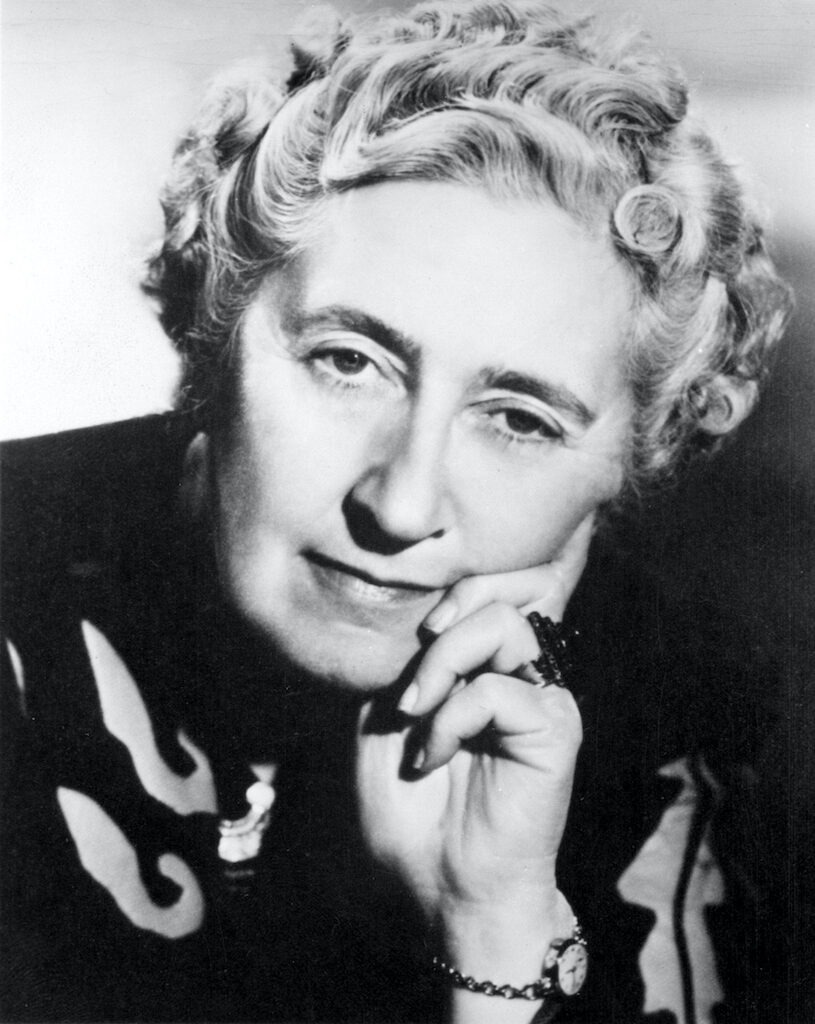
Christie soon recovered and resumed writing, but she was no longer willing to put up with her husband’s infidelity.
She divorced Archie in 1928 and later married famed archaeologist Sir Max Mallowan, with whom she enjoyed a happier life.
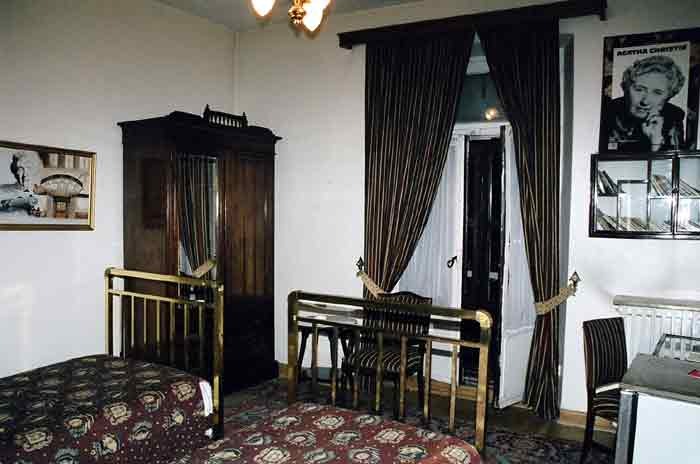
Christie never revealed what truly happened during those 11 days. She left behind a real-life mystery that even her famed detective, Hercule Poirot, would have been unable to solve
Christie continued to write prolifically and produce classics like “Murder on the Orient Express” and “Death on the Nile.”

She passed away peacefully on January 12, 1976, at the age of 85, from natural causes at her home, Winterbrook House.
Upon her death, two West End theatres paid tribute by dimming their lights in her honor: the St. Martin’s Theatre, where “The Mousetrap” was playing, and the Savoy Theatre, which was hosting a revival of “Murder at the Vicarage.”

Christie had arranged for her final resting place years earlier, choosing a plot at St. Mary’s churchyard in Cholsey alongside her husband.
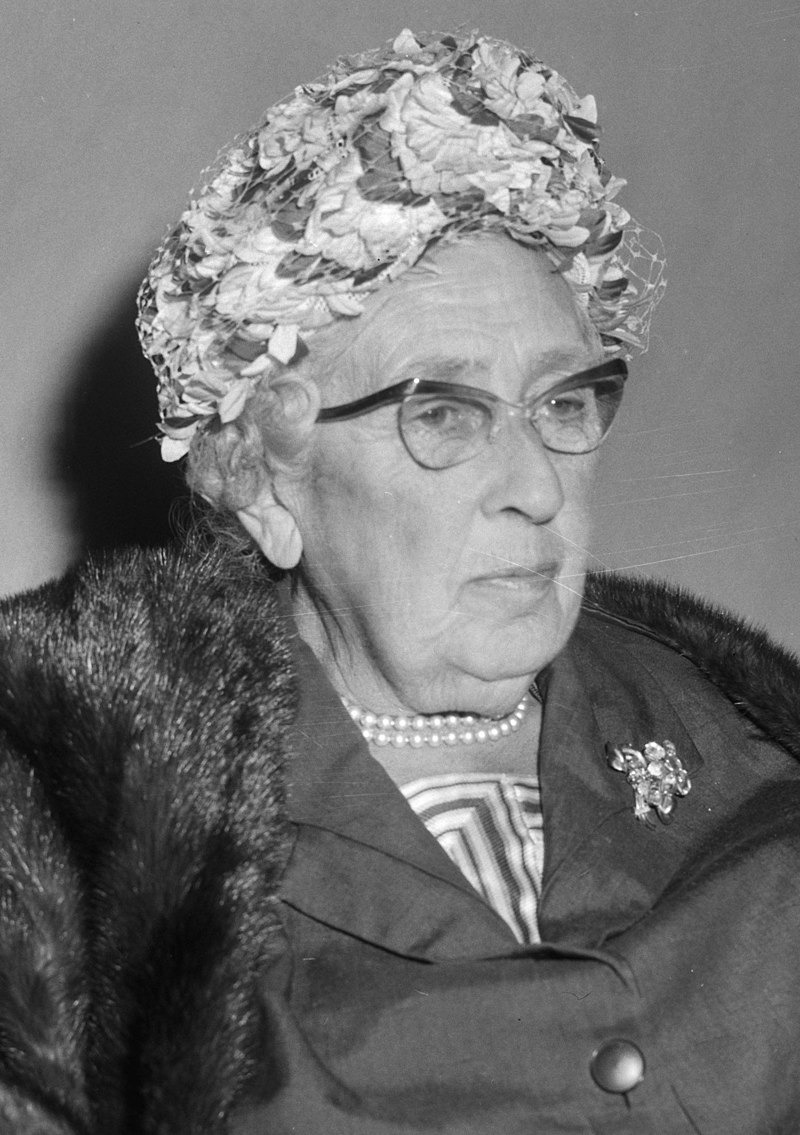
Her simple funeral was attended by around 20 reporters, some traveling from as far as South America.

